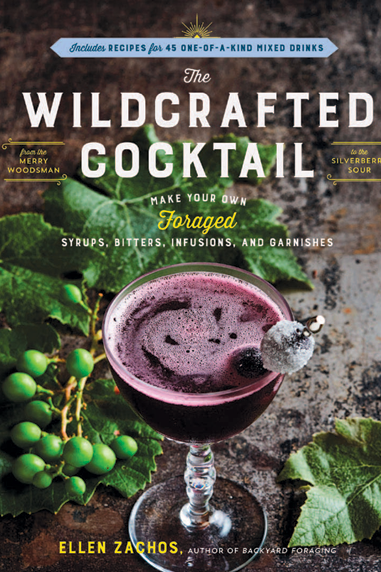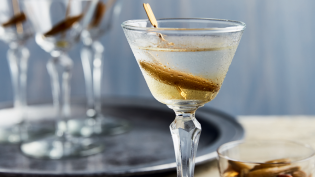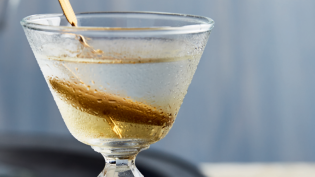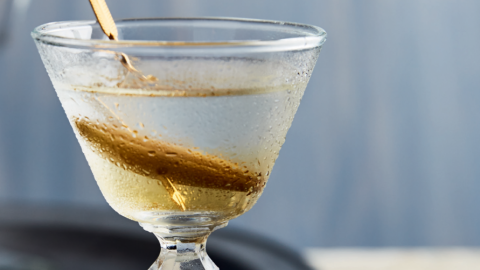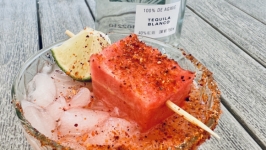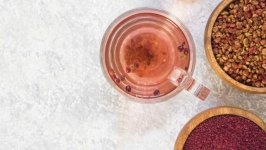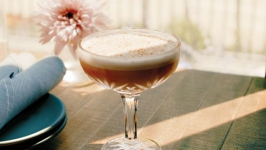Wild-Foraged Cocktails & Recipes
I like my cocktails simple, seasonal and savory. That last one’s usually the hang-up—many drinks are built with abundant, syrupy sweetness. A good dry cocktail is hard to come by. So the discovery of The Wildcrafted Cocktail was a real treat—a whole book dedicated to cocktails crafted from foraged ingredients, many of them lending vegetal, spiced, bitter or herbal flavors to the final recipes.
Author Ellen Zachos divides the book by components of a wildcrafted cocktail: first detailing the anatomy of a foraged cocktail, then examining garnishes, syrups, wild liqueurs, bitters and spirits. Many of the recipes come from Zachos’ varied arsenal, though she invites guest mixologists to share their selections, too. Foraging and processing tips are interspersed between recipes and each drink is prefaced with an introduction to provide historical context, introduce the creator, give background on the star foraged ingredient or explain flavor combinations. For someone encountering an ingredient or process for the first time, this background is welcome.
You certainly don’t have to forage for ingredients yourself in order to create the cocktails featured in The Wildcrafted Cocktail. Many are easy to come by at markets or online, depending on the season. Others have simple substitutes or counterparts in flavor. There’s flexibility in liquors, too.
Come springtime, a cocktail showcasing a foraged ingredient truly becomes possible. While there are plenty of recipes in the book that call for pickling, curing, infusing and steeping—all things that can amplify flavor when seasonal ingredients are sparse—we look to the freshness spring inspires.
“One of the best things about foraging is that you harvest wild edibles at their peak and use them, or preserve them, when they’re at their most delicious. No one picks cornelian cherries before they’re ripe or Japanese knotweed when it’s passed its tender best,” Zachos writes. “The wild foods you’ll use in these cocktails have limited seasons when they’re ripe and ready. You’ll capture those seasonal flavors and use them to create cocktails that represent a specific moment and place. It’s almost magical, and it makes your cocktails unique.”
I hope, in the newness of spring, in the pages of The Wildcrafted Cocktail you find some wild flavors to fill your glass and begin the year with a sense of brightness. Cheers.
- Claire Spurlock



